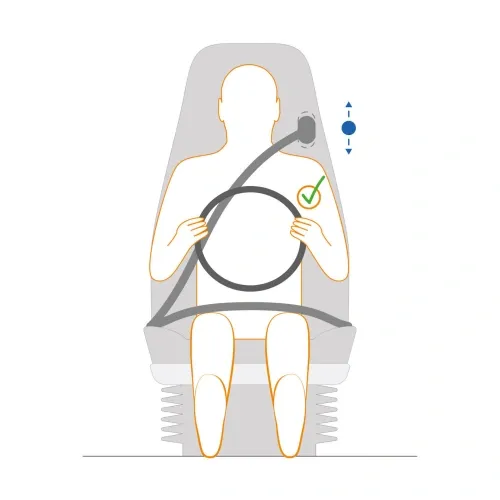ERGONOMICS
The aspects of health, safety and comfort form the core of ISRI seat development.
Biological functions and needs of the human body as well as a close examination of the work situation guide our seat design.
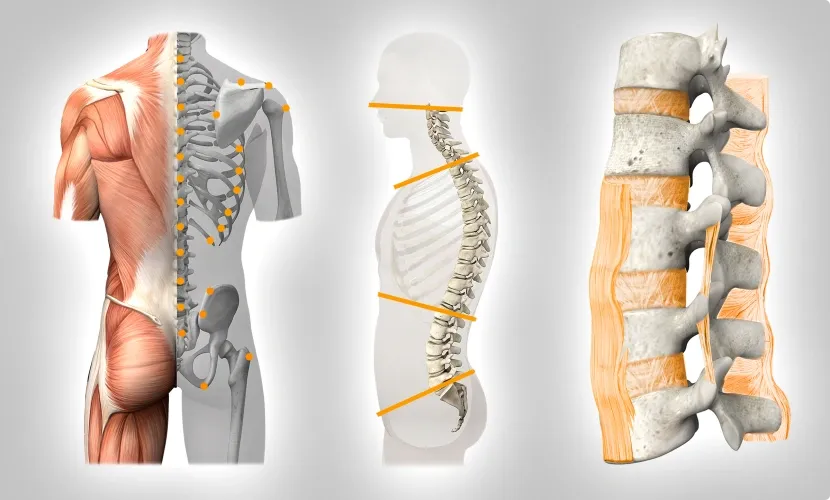
Focused on people
Seat development for humans.
To meet the requirements of an ergonomically designed seat, it is important to understand the human body with its biological functions and needs.
It is also necessary to take a close look at the work situation:
In what way is the seat used?
How many hours a day is it used?
What conditions must be met to improve working conditions?
These are the tasks we set ourselves in order to ensure that the driver can adjust the seat optimally and so improve health and well-being.
How to Sit Correctly?
A good sitting posture is essential to stay attentive to both the controls and traffic.
Here are some suggestions on how to adjust your seat and correct driving posture:
- Driving sitting posture
-
DRIVING SITTING POSTURE
1. feet on the pedal
2. buttocks on seat
3. back on backrest
4. hands on steering wheel
5. view out of windshield
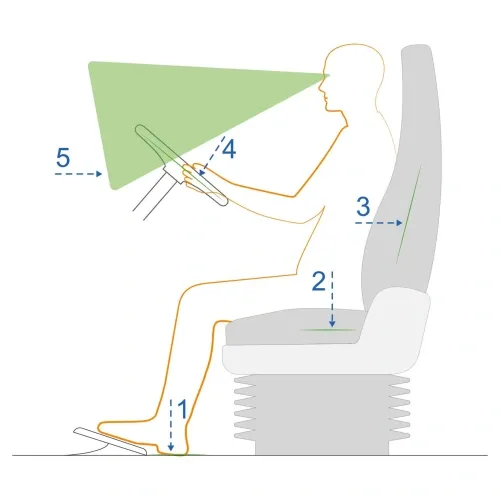
- Horizontal adjustment
-
Horizontal adjustment
Adjust individually according to::
arm and leg length
rechabipty of pedals, steering wheel and instruments

- Height adjustment
-
Height adjustment
adjust individually to lower leg length so that pedals can be passed through all the way without force
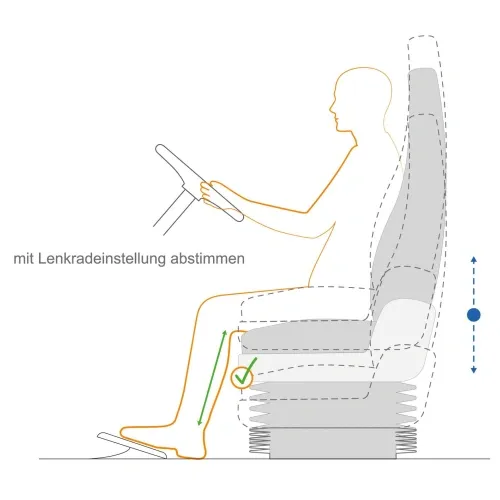
- TILT ADJUSTMENT
-
TILT ADJUSTMENT
adjust up or down so that the thighs are supported without pressure
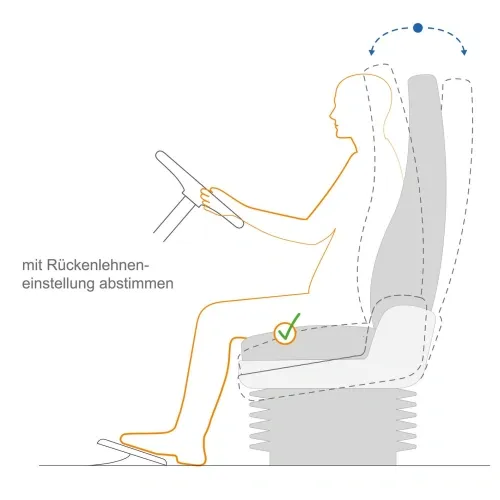
- BACKREST ADJUSTMENT
-
BACKREST ADJUSTMENT
100° up to 115°
take an upright posture
lean back fully
do not squeeze abdomen

- SHOULDER ADJUSTMENT
-
SHOULDER ADJUSTMENT
shoulders should have full contact with backrest surface
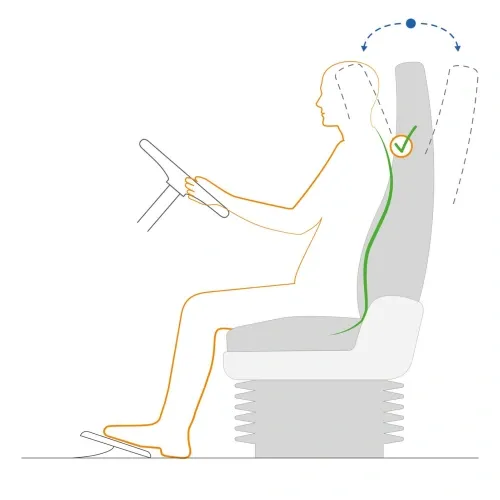
- ARMRESTS
-
ARMRESTS
relieve back muscles
elbows rest easily, hands are on steering wheel
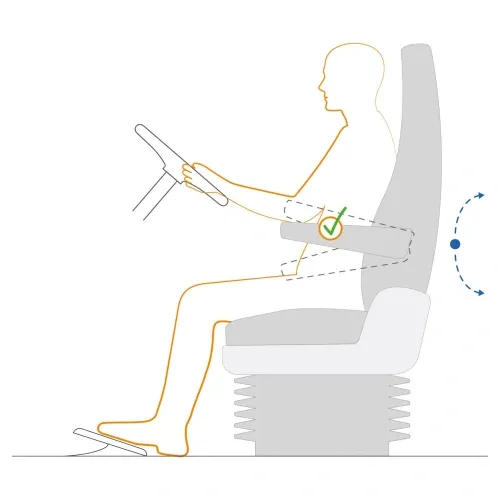
- SEAT CUSHION ADJUSTMENT
-
SEAT CUSHION ADJUSTMENT
pull forward, thights should be supported as much as possible
leave 2-3 fingerbreadth space between hollow of knee and front edge of seat cushion
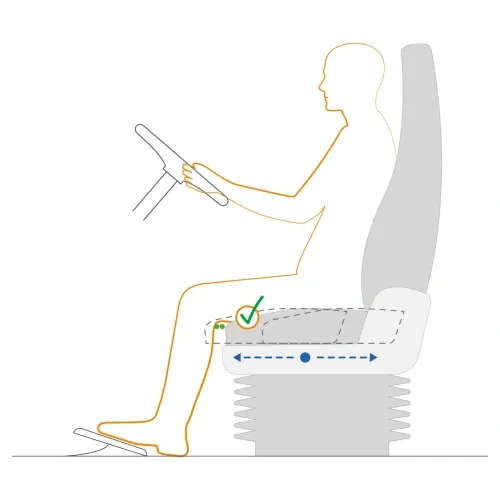
- SHOCK ABSORBER
-
SHOCK ABSORBER
shock absorbing system
adjustment depends on road condition; soft - flat roads / hard - bad roads
feet have to be on pedals any time
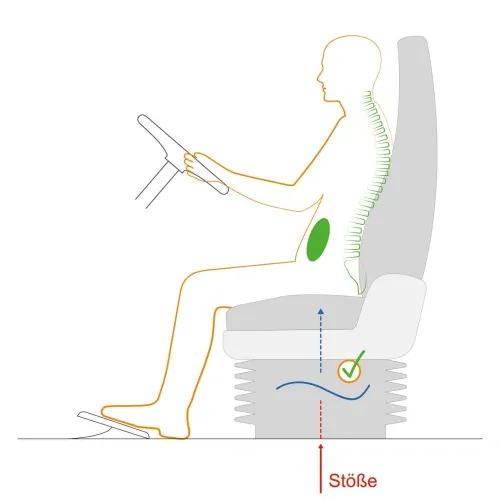
- HORIZONTAL SUSPENSION
-
HORIZONTAL SUSPENSION
if needed unlock when transporting liquid loads or towing a trailer
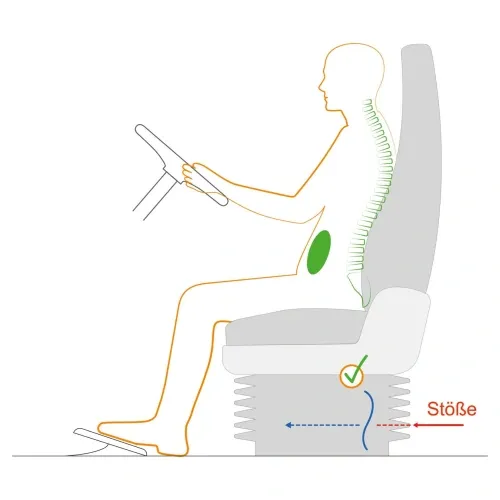
- QUICK RELEASE
-
QUICK RELEASE
easier entry and exit
last height adjustment is saved
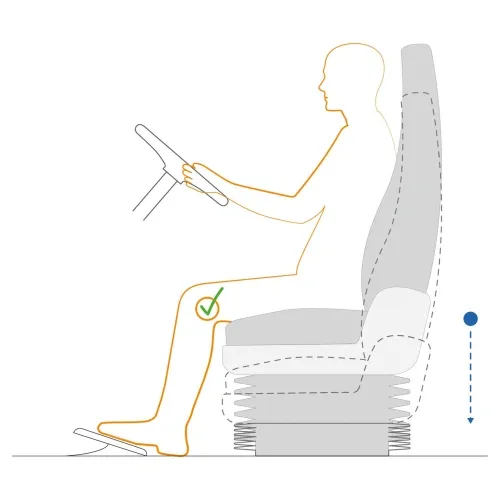
- LUMBAR SUPPORT
-
LUMBAR SUPPORT
place pelvis at backrest
inflate until support is sensible without pressure feeling
spine is supported in its natural double S shape
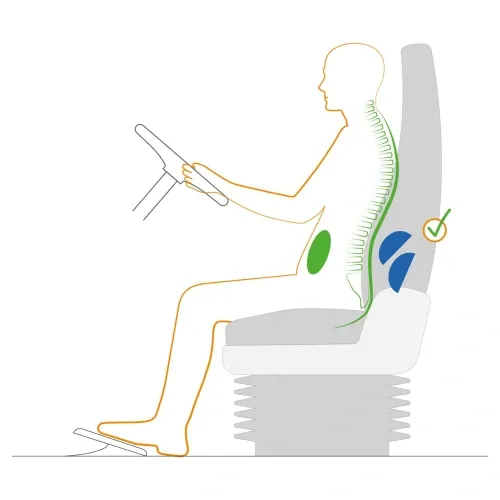
- SIDE BOLSTER SUPPORT
-
SIDE BOLSTER SUPPORT
inflate until support of back is felt gently without pressure feeling
back is supported sideways
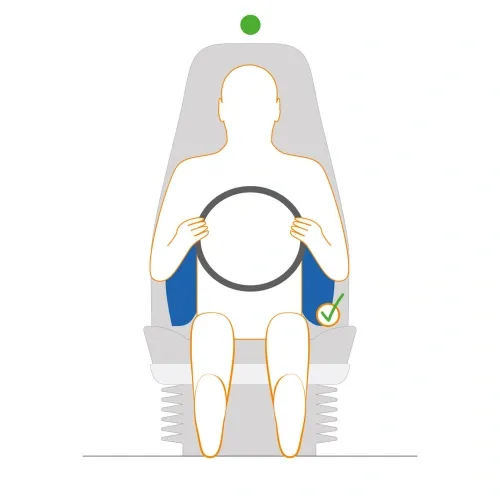
- BELT HEIGHT ADJUSTMENT
-
BELT HEIGHT ADJUSTMENT
adjust individually to upper body length
safety belt runs over the shoulder without cutting the neck
